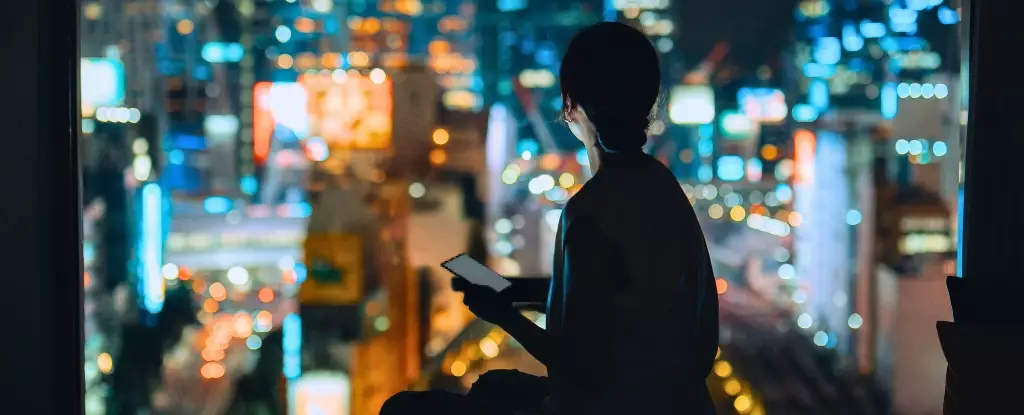In our modern world, light pollution is ubiquitous, yet few realize how insidious its impact on personal health can be—especially when it intrudes into our most vulnerable hours. The recent studies linking nighttime light exposure to serious cardiovascular issues are more than mere correlations; they serve as a stark wake-up call about how everyday habits might subtly sabotage our well-being. It’s no longer just about disruption of sleep but about a deeper intrusion into the delicate biological clock that governs our bodies. This isn’t alarmism but an urgent reminder that our circadian rhythms, the internal timekeepers, are crucial for maintaining cardiovascular health—and light pollution challenges these rhythms at their core.
The core problem lies in our body’s dependence on darkness to signal rest and recovery. When exposed to light at night, our internal clock becomes disoriented, disrupting blood pressure regulation, glucose metabolism, and inflammatory responses—all of which contribute to heart disease development. This biological domino effect makes sense: when the natural cycle of darkness and light is tampered with, it confuses the body’s ability to perform critical functions. The new research, involving nearly 90,000 adults tracked over almost a decade, reveals an unsettling reality. Those exposed to more light in their bedrooms were significantly more prone to develop dangerous heart conditions, including heart attacks and strokes. Such findings demand a reconsideration of how we live—especially in a society obsessed with screens, convenience, and 24/7 connectivity.
The Societal Cost of Ignoring Our Biological Needs
What makes this revelation particularly frustrating is the societal tendency to dismiss minor lifestyle factors as irrelevant compared to more “pressing” health issues—yet we continue to prioritize technological comfort over biological necessity. The fact that the data was controlled for confounding variables—smoking, diet, exercise—strengthens the argument that light pollution itself is an independent risk factor. It shines a spotlight on a subtle but pervasive form of environmental harm that we often overlook: the glow of screens, street lamps, and household lighting. As urban environments grow brighter and sleep hygiene less prioritized, our collective health may be paying a steep price.
The gender and age differences unearthed in the research are particularly telling. That women and younger individuals show stronger associations suggests that vulnerable populations may bear a disproportionate risk. It raises questions about societal norms—why do we accept disruptive lighting as normal? Why aren’t more public health strategies addressing light pollution at the individual level? The common practice of falling asleep with the TV on, or leaving bedside lamps on, becomes not just a matter of annoyance or laziness but potentially life-threatening neglect. These behaviors are perpetuated by modern lifestyles rooted in convenience, but they come at the expense of our health.
The Ethical Responsibility to Safeguard Our Biological Rhythms
Addressing this issue is both a personal and societal imperative. We have a responsibility to prioritize our health by rethinking our environments—removing night lights, reducing screen time before bed, and advocating for better urban planning that respects human circadian needs. We cannot afford to dismiss this as trivial; the evidence strongly suggests that exposure to artificial light at night increases the risk of life-threatening cardiovascular diseases. This is not about paranoia but about recognizing the profound influence of seemingly minor habits.
Moreover, health advisories should shift from generic “sleep better” slogans to more concrete guidelines—perhaps suggesting the use of blackout curtains, limiting screen use after sunset, and advocating for community lighting policies that minimize light pollution. These steps are simple, accessible, and carry the potential to significantly reduce our collective health burden. As citizens, we must demand accountability from policymakers and corporations alike, urging them to consider the health implications of our illuminated environments.
In the end, acknowledging the danger of light pollution is an acknowledgment of our relationship with nature’s rhythms—a relationship that, if neglected, could result in a silent epidemic of cardiovascular suffering. As we confront this challenge, let us remember that restoring darkness and dignity to our night hours might be one of the most effective, yet overlooked, strategies to safeguard our future health.

